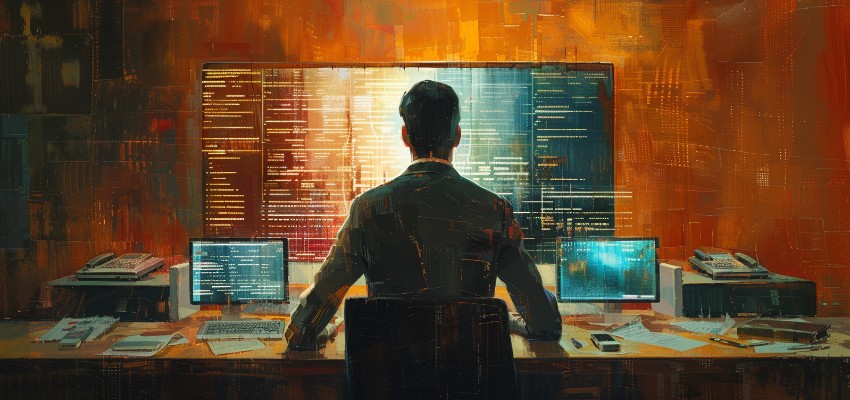The ongoing debate surrounding the use of facial recognition technology by law enforcement has sparked concern among legal and AI experts. Several law enforcement agencies in Canada have already adopted the technology, while others remain hesitant, citing human rights and privacy concerns.
Kristen Thomasen, a law professor at the University of British Columbia, asserts the need for national standards to regulate the deployment of facial recognition technology. “Until there’s a better handle on the risks involved with the use of this technology, there ought to be a moratorium or a range of prohibitions on how and where it can be used,” Thomasen said.
The conflicting regulations across various police forces in Canada have led to disparities in privacy protection. Police in York and Peel, Ontario, have recently implemented facial recognition technology provided by Idemia, a multinational company. York police Const. Kevin Nebrija stated that the technology aids in speeding up investigations and identifying suspects sooner, ensuring that images are obtained lawfully. “Nothing has changed because security cameras are all around,” he added. However, in Quebec, Montreal police Chief Fady Dagher has called for a debate on the use of such tools before considering their implementation.
The controversy isn’t confined to Canada. In Scotland, the debate was brought to the forefront at the first-ever Scottish biometrics conference. Although Police Scotland currently refrains from using live facial recognition systems, senior officers have expressed the need to consider the technology’s potential in future policing. Brian Plastow, Scotland’s biometrics commissioner, hinted at his support for using the technology in scenarios where there is a significant threat to public safety.
The Detroit Police Department in the U.S. has taken a different approach by implementing new policies that restrict the use of facial recognition technology. The new guardrails prevent arrests based solely on facial recognition search results, mandating additional evidence for any arrest warrant. These measures came about as part of a settlement agreement involving Roger Williams, a Black man who was wrongfully arrested after being misidentified by the technology.
Despite the restrictions, the Detroit police believe these policies could serve as a national model. “We firmly believe the new policy will serve as a national best practice and model for other agencies using this technology,” the police department stated.
In the broader U.S. context, the use of drones in law enforcement, often complemented by facial recognition technology, is gaining traction. Police in New Orleans, Washington, D.C., and Minnesota have adopted drones for surveillance and public safety tasks. While these drones’ facial recognition capabilities remain speculative, the integration of powerful facial recognition algorithms with AI-assisted fraud detection makes it a likely future scenario.
As facial recognition technology continues to advance, so do the concerns regarding its ethical and responsible use. AI governance expert Ana Brandusescu has emphasized the importance of transparency and accountability in deploying such technologies. “Law enforcement is not listening to academics, civil society experts, or people with lived experience,” said Brandusescu, urging the need for better governance.
The technology’s integration into public safety measures demands a delicate balance between ensuring security and respecting privacy and human rights. The Federal Economic Development Department of Canada has suggested that some police force activities involving personal information could fall under the Personal Information Protection and Electronic Documents Act (PIPEDA), offering potential regulatory oversight.
In summary, the global discourse on the use of facial recognition technology by law enforcement highlights the need for standardized regulations and ethical frameworks to guide its application. The varying approaches across countries and regions underscore the complexities involved in balancing public safety and individual rights in the age of AI.
News Sources
- AI Policing: Calls grow for regulations on facial recognition technology
- US police launch drone programs, but no FRT on UAS – yet
- Detroit Police Department agrees to new rules around facial recognition tech
Assisted by GAI and LLM Technologies
SOURCE: HaystackID




